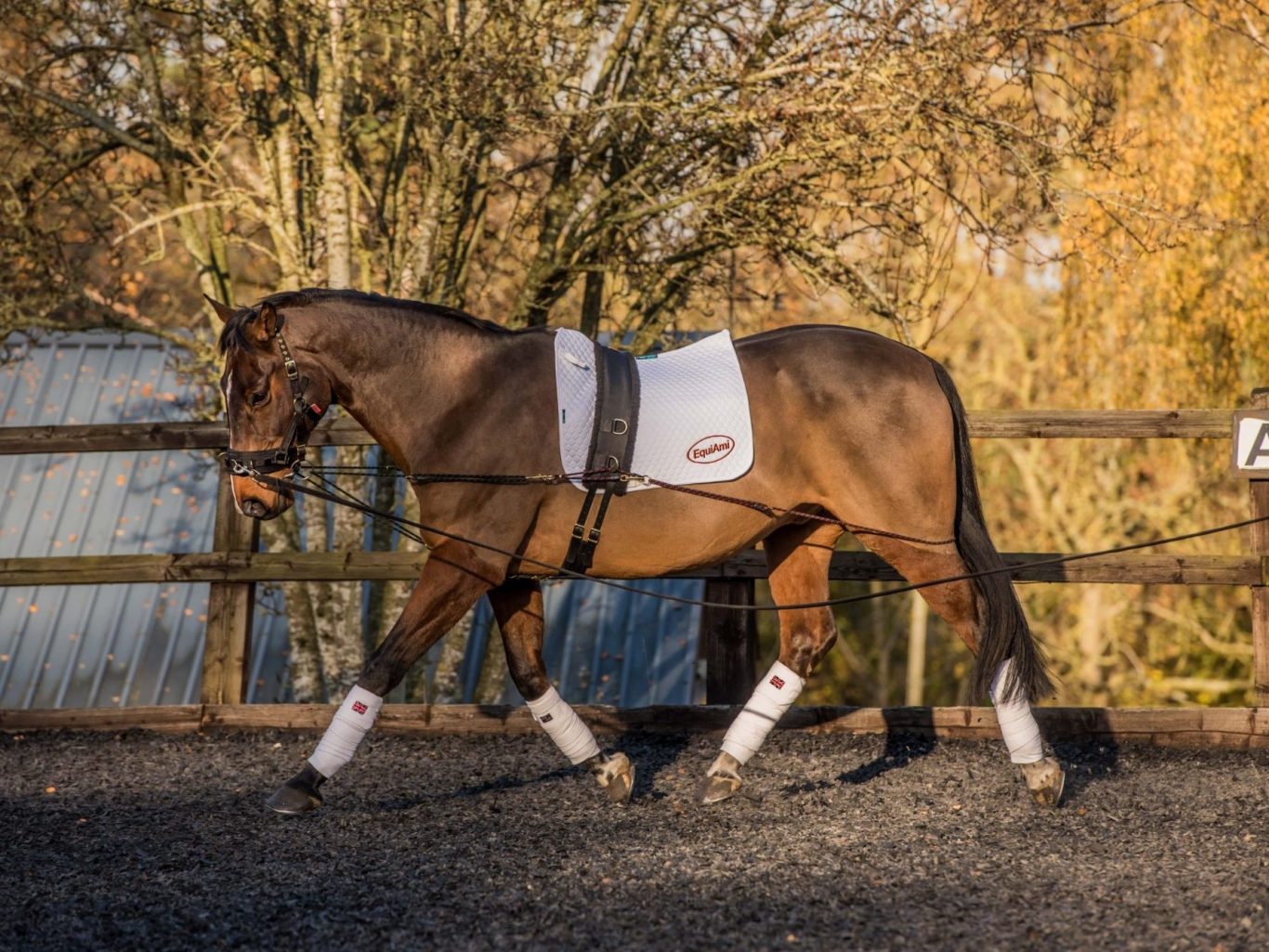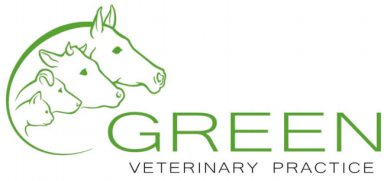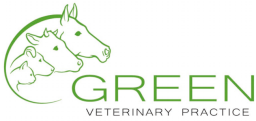Lameness Workup
Lameness Workup
A lameness workup is a systematic process undertaken by our vets to investigate the cause of a lameness. There are broadly speaking 5 parts to any given lameness workup, they are discussed below.
History and locomotor exam
- Relevant history relating to the lameness is obtained (when/where/how did the lameness occur? etc)
- The horse is trotted up, lunged and limbs are flexed to produce a reliable baseline lameness that is recorded by our vets
Nerve blocking
- When a lameness is consistent and reliable, areas of the body (usually the limbs) can then be nerve blocked in a methodical manner to determine specifically where a lameness is originating from.
- After a nerve block to the foot in the right forelimb, if the horse becomes sound, this proves that there is pain/lameness originating from foot of the right forelimb.
- Sometimes during this process, a horse presenting with a right forelimb lameness which blocks to one area, will then become obviously lame on the left forelimb (or other limb) meaning there is a multiple-limb lameness.
Imaging
- Once the area of lameness has been pin-pointed with nerve blocks, this area can then be imaged in detail to assess signs of pathology (disease).
- This usually involves radiography (x-rays) and ultrasonography. In some instances, advanced imaging modalities are needed for further investigation (see below)
Advanced imaging
- This is necessary when a lameness has been blocked to a certain area but basic imaging is unable to detect any signs of pathology. Advanced imaging is a referral procedure and therefore is carried out an equine referral hospital.
- Methods of advanced imaging we are able to refer your horse for include: MRI, CT, advanced radiography, myelography, nuclear scintigraphy (bone scan), arthroscopy and many more.
Treatment
- Once the area of lameness has been isolated, imaged and a pathology has been diagnosed, we can create a treatment plan and get your horse on the road to recovery.
- Treatments may not always be able to be carried out on the day of a lameness workup. For example, if a lameness has been blocked to the fetlock joint with a nerve block, for sterility reasons the fetlock cannot be medicated on the same day. In these cases the horse can stable overnight and be treated the next day, or follow up appointment can be made.
Overall a lameness workup generally takes between 2 - 6 hours (depending on where the lameness can be nerve blocked to) and so is best done at our clinic where your horse can be left with our vets for the full (or half) day.

01142645454
- Mon – Fri
- 08:30 am – 06:00 pm
- Saturday
- 09:00 am – 12:00 pm
- Sunday
- Closed
We need your consent to load the translations
We use a third-party service to translate the website content that may collect data about your activity. Please review the details in the privacy policy and accept the service to view the translations.

